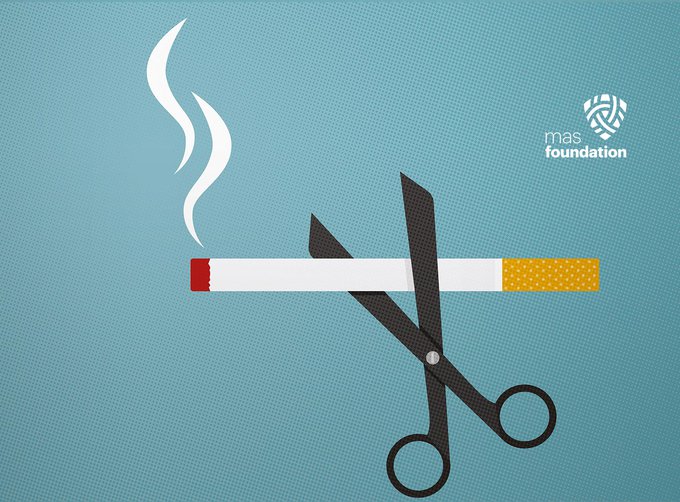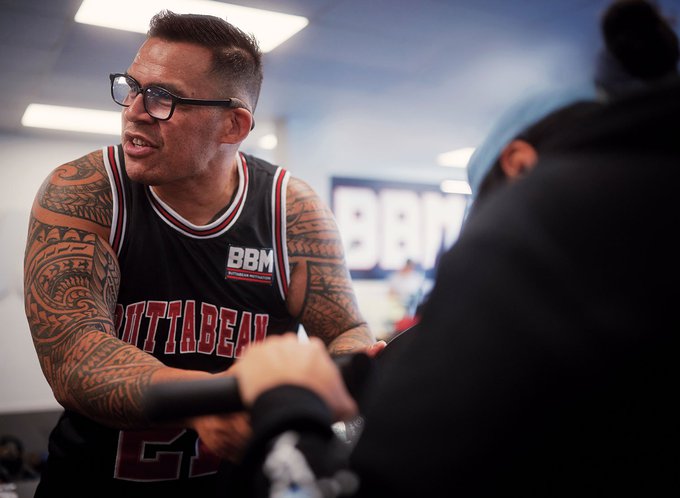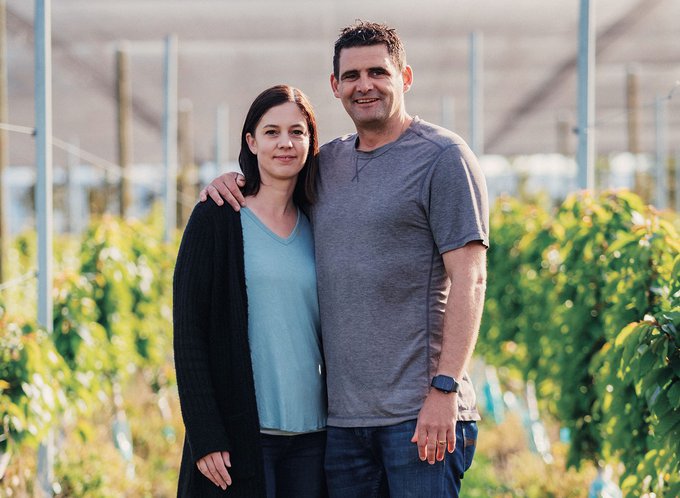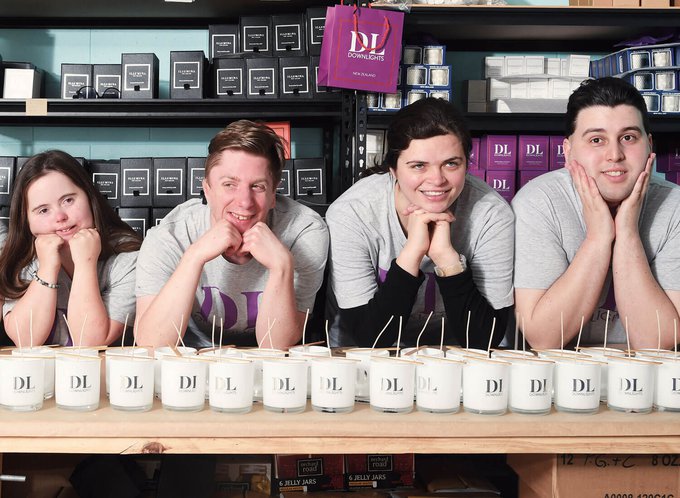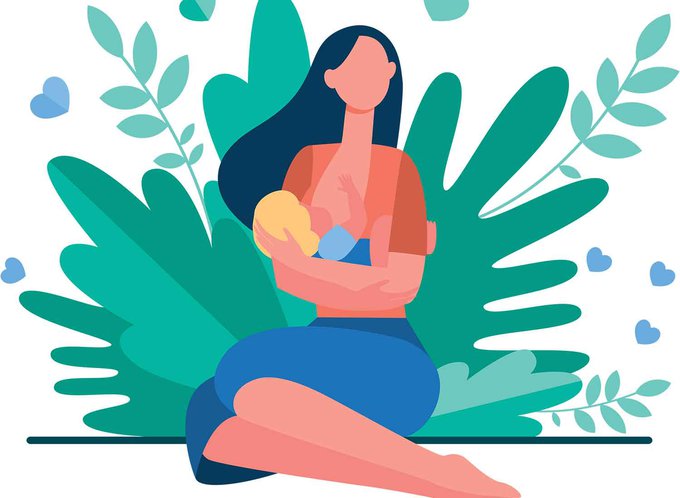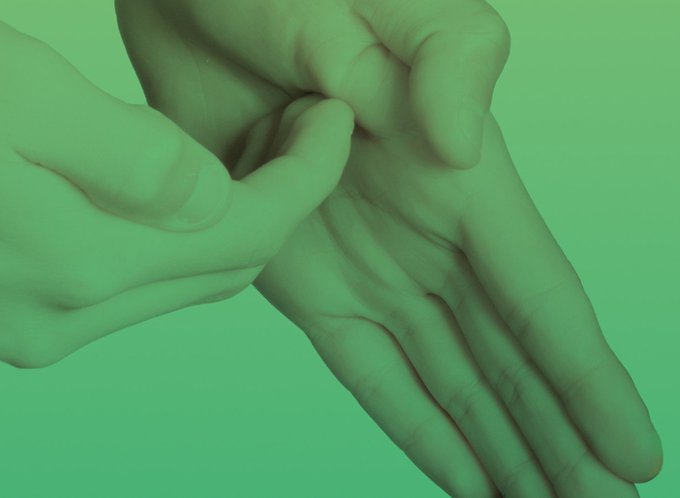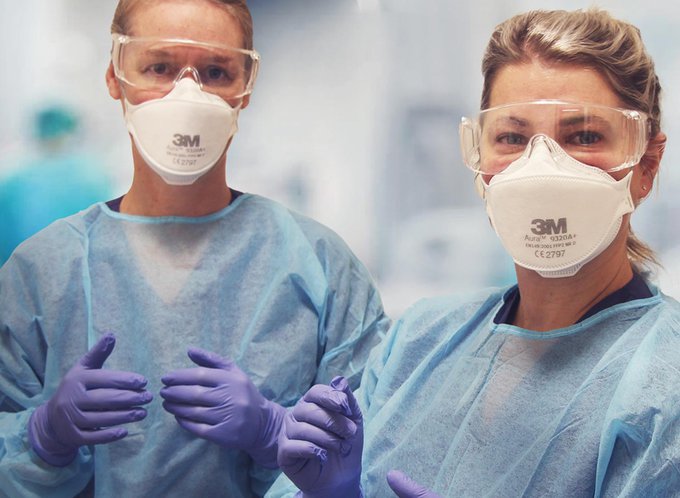New legislation has snuffed out cigarette smoking for the next generation of New Zealanders. But will vaping cloud Aotearoa’s goal of becoming smokefree?
New Zealanders born on or after 1 January 2009 will be prohibited by law from ever being sold cigarettes in Aotearoa New Zealand.
The ‘smokefree generation’ law came into force in December 2022 as the Smokefree Environments and Regulated Products (Smoked Tobacco) Amendment Act. The new Act will also greatly reduce the number of tobacco retailers permitted in Aotearoa New Zealand from the current 6,000 to a maximum of 600 throughout the country from July 2024.
Announcing the new Act, then Associate Health Minister Dr Ayesha Verrall says the world-leading legislation will mean “thousands of people will live longer, healthier lives and the health system will be $5 billion better off from not needing to treat the illnesses caused by smoking, such as numerous types of cancer, heart attacks, strokes, amputations.
“This legislation accelerates progress towards a smokefree future,” she says.
It’s a win for the target of a Smokefree Aotearoa 2025, but a candy-flavoured cloud has been gathering as more and more people take up vaping.
Smoking is less popular than ever across the New Zealand population. The Ministry of Health's New Zealand Health Survey 2021/22 showed the number of people smoking daily had fallen to 8%, the lowest rates since records began, and down from 9.4% the previous year. At the same time, 8.3% of adults were vaping daily, up from 6.2% the previous year.
For young New Zealanders, smoking rates are also dropping while vaping rates are rising. A study of year 10 students undertaken by ASH in 2022 found the number who smoke cigarettes daily has dropped from around 1.3% in 2021 to 1.1% in 2022, but there was an increase in daily vaping from 9.6% in 2021 to 10.1% in 2022.
So can we really call the next generation smokefree?
Celebrating a win
On a Tuesday in early December, National Tobacco Control Advocacy Tala Pasifika Lead Lealailepule Edward Cowley is preparing to fly from Auckland to Wellington to sit in Parliament and watch the historic smokefree legislation pass into law. It’s a day he’s been looking forward to for years and marks a moment of celebration for smokefree advocates across the country.
“This is a gamechanger. We are the first country in the world to introduce such legislation to completely change the landscape of tobacco use. That’s an incredible thing.”
Lealailepule Edward Cowley
Edward has been working in tobacco control for the past 15 years and is particularly focused on reducing the number of Māori and Pasifika smokers.
While smoking reduction numbers for the overall population look strong, there is still a disproportionate number of Māori and Pasifika who smoke.
The New Zealand Health Survey found Māori were 2.8 times more likely to be current smokers, and Pacific people were 2.2 times more likely to be current smokers than their non-Māori and non-Pacific counterparts. While 7.2% of European/others were found to be daily smokers, 18.2% of Pacific and 19.9% of Māori smoked daily.
For Edward, these statistics are personal. In 1996, his father died of lung cancer as a direct result of smoking his entire adult life. It had a huge impact on the rest of his family. At his funeral, Edward’s entire family, including six of his siblings who were all long-time smokers, agreed to stop smoking.
“The direct result of that is none of our children are smokers, none of our grandchildren smoke. We have no one that smokes in the family. We’re all grateful for that, and we know that, in just one generation, we’ve changed the outcome."
"What was normal for us is now not normal for our children, which is sort of mindblowing.”
Lealailepule Edward Cowley
He says one of the biggest impacts this Act will have is to reduce the number of retail outlets that sell tobacco, particularly in communities with a majority of Māori and Pacific populations.
“When we look at reducing the retail outlets from between 6,000 to 8,000, down to 600, it really means that if you’re struggling to stop smoking and you live in South Auckland, chances are it will never happen for you, given when you walk out your front door, you’ve got access to it constantly.”
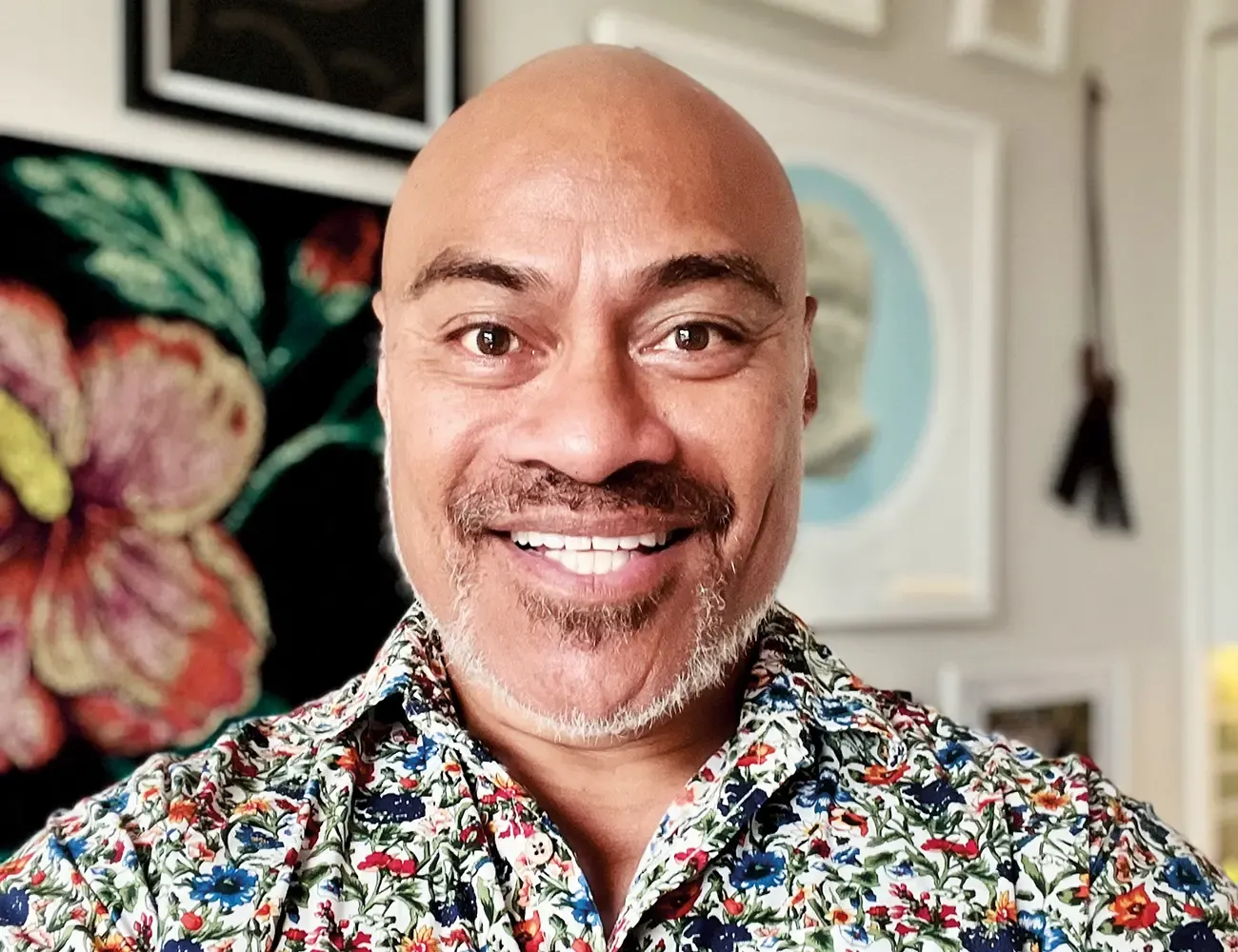
Lealailepule Edward Cowley
What do young people think?
Onslow College student James Atkinson has never been tempted to take up smoking. The 15-year-old was raised in a smokefree household knowing smoking was unhealthy and his friends at school don’t smoke cigarettes either.
However, he has seen a rise in the number of students vaping since attending high school.
“Over the last couple of years, I have noticed more students leaving class to ‘go to the bathroom’ to vape,” he says. “I really prioritise my health and fitness, so I have never considered vaping, as this would compromise these goals.”
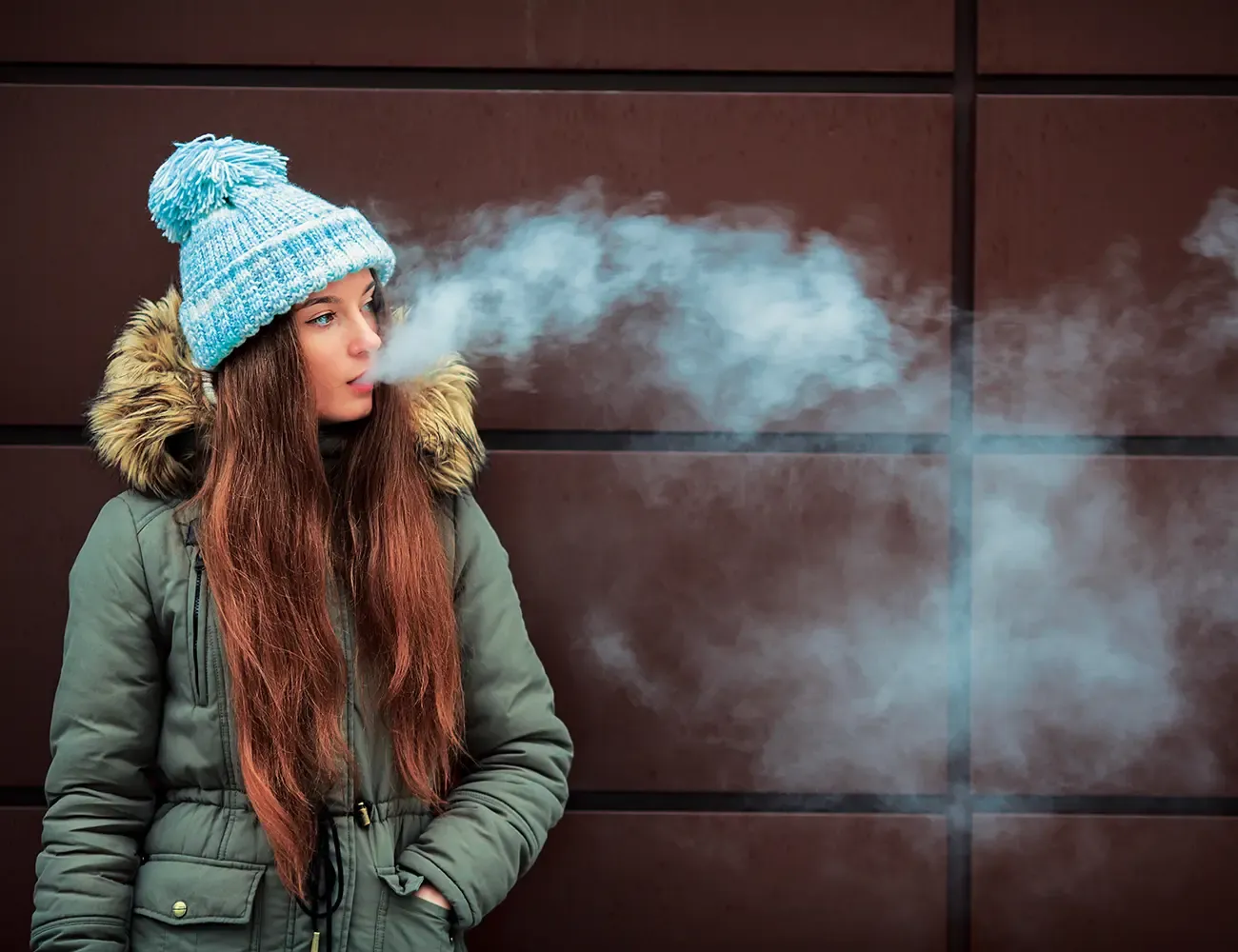
Sixteen-year-old Annabel Barnsley says it’s very easy for people her age to access vape products from dairies.
“Quite a few of my friends vape. Everyone’s vaping, it’s sort of like the thing now. It’s actually surprisingly easy for someone my age to get a vape. Lots of them just walk into dairies and they don’t ID there so they’ll just give them a vape,” she says.
The tobacco industry was opposed to the government changing legislation, claiming it would reduce freedom of choice among the population.
Edward dismisses this argument.
“People say at 18 people can make their own decisions. But in actual fact, that decision was taken away when a child was 12 months old and they’re mimicking what their parents are doing or what their aunties and uncles and the people that love and care for them the most are doing. That’s when the seed’s been planted.”
“Then later, when they’re 13, 14, all of a sudden that behaviour that was planted so firmly such a long time ago comes to the fore.”
He says this legislation will make it normal for a generation of young people to not see that as acceptable behaviour.
Both James and Annabel are in favour of the legislation.
Annabel says, “Cutting out smoking’s good. It’s not helping anyone. Especially for my generation, I don’t think there’s any need for anyone to be smoking, so making it inaccessible is probably a good thing.”
James agrees. “I hope that my generation is able to see the detriment of both smoking and vaping to health. A way of achieving this is to begin education on this topic at an early age as well as enforcing restrictions on sale and supply. I really hope that my generation begins to reduce the consumption of vaping as a substitute, as it’s also harmful to health.”
Their comments reflect those of University of Otago research into young peoples' views on the smokefree generation, which found many strongly supported the smokefree goal and measures taken to achieve it.
Professor Janet Hoek, from the Department of Public Health, says most of the young people interviewed about the policy placed a higher priority on measures that would keep future generations free from becoming addicted to cigarettes than on their so-called ‘right’ to purchase tobacco.
The researchers undertook in-depth interviews with 20 young people aged 17 or 18, asking about their knowledge of the smokefree generation policy and what they thought the implications would be for individuals and, more generally, society.
“Several had seen addiction within their whānau and knew the health inequities smoking caused. Some had struggled with addiction personally and believed the policy would protect young people’s rights to healthy futures.”
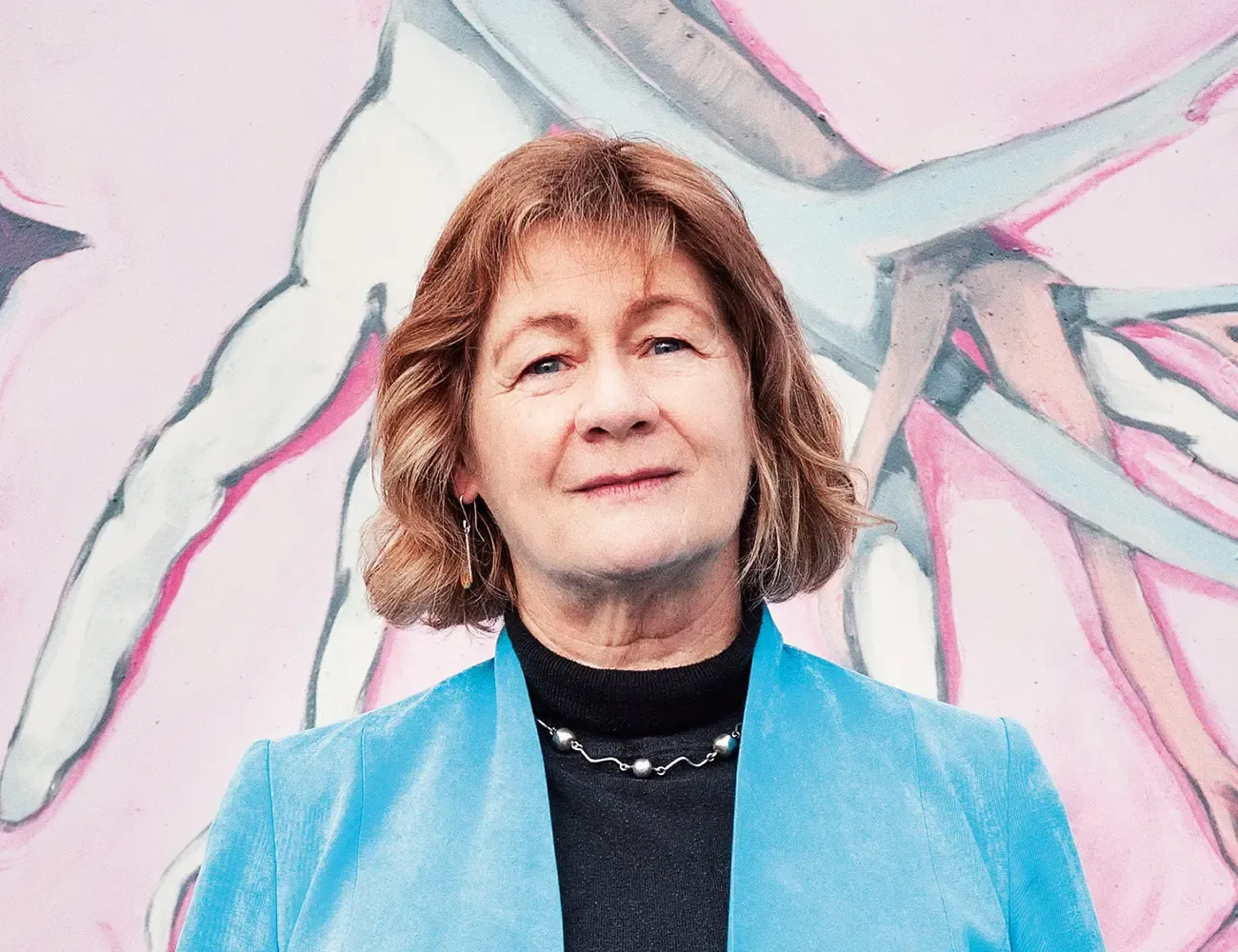
Professor Janet Hoek
The gathering cloud of vaping
In early December, the government issued an urgent safety alert after it was revealed that vape products were being sold with much more nicotine than legally allowed.
At the same time, public health experts were alarmed at the growing number of vape shops around the country, with 300 new stores opening up between February and December 2022.
Edward says vaping has a place as a cessation tool however the problem that’s arisen is that some people think it’s safer than smoking.
“It’s less harmful than smoking – if you’re a smoker. But if you’ve never smoked before and you pick up vaping, we don’t know what the long-term effects are, and anything you’re putting into your body is detrimental."
“If you’ve never smoked before, it’s not safe.”
Lealailepule Edward Cowley
Edward says there’s been a free-for-all for the vaping industry while health advocates and researchers gather evidence and the government considers regulation.
Janet agrees vaping can work as a cessation tool for older smokers, but she remains very concerned about the rise of vaping prevalence among young people.
“I think we’ve overlooked the impact on young people or we’ve been willing to accept that maybe young people are collateral damage along the way. We don’t know for sure yet, but young people are unlikely to face the same physical risks from long-term vaping as they would from long-term smoking – but they feel the burden of addiction and talk about the depression, the anxiety, the stress and the mood changes they experience,” she says.
Some young people Janet has spoken to have been taking more than 3,000 puffs on their vape a day.
“It’s unbelievable how much some young people are vaping. I don’t think we can say it’s just experimentation and they’re going to grow out of it. I think we’ve got a major problem and we should be thinking much more about young people.”
Professor Janet Hoek
Reducing harm
Janet hopes now that the smokefree legislation has passed, the government will focus on the problems vaping causes among young people. She and her colleagues recommended the government undertake a review and evaluation of vaping regulations to assess how effectively they’re working, where the gaps are and what needs to be done to address them.
She says there are many things that could be done to reduce vaping, particularly for young people – firstly, making vapes more difficult to access by removing them from dairies, supermarkets and service stations.
“Many dairies at the moment are developing into specialist vape stores where R18 stores selling all flavours and different devices are created within or right next to dairies. This development means young people going into dairies have potentially high access to vaping products. The regulations didn’t anticipate this development and need to change to prevent dairies from evolving specialist vape stores within their footprint.”
Window displays at vape shops should also be removed so the product can’t be seen from the street.
“Many windows are like a billboard promoting vaping. They feature attractive products and flavours and are easily visible to people of all ages walking by.”
She would also like to see disposable vapes banned, as many young people start on these cheaper options, which they find easy to access and highly affordable.
Nonetheless, while vaping presents new challenges, she believes we need to keep working hard to reduce smoking prevalence.
“I’ve heard people argue that we don’t need the smokefree generation policy because young people are already smokefree. However, that’s not the case, and smoking still imposes a heavier burden on rangatahi Māori than non-Māori.
“The 2022 snapshot survey conducted by ASH(NZ) found 6.3% of Māori aged 14 to 15 smoked regularly (at least monthly). The latest New Zealand Health Survey data showed 8.2% of 18 to 24-year-olds smoked daily.
“While it’s encouraging to see smoking decline, these data show we need measures like the smokefree generation if we’re to see all population groups benefit.”
Know someone who might enjoy this?
Read this next
-
March 2022
Motivating – the Buttabean way
-
July 2022
Can food be fossil fuel-free?
-
November 2022
Practical steps for decolonising the health system
Greater good
See all-
March 2021
Candles for a cause
-
March 2021
Helping Kiwi babies thrive
-
March 2021
Creating a Deaf-inclusive Aotearoa
